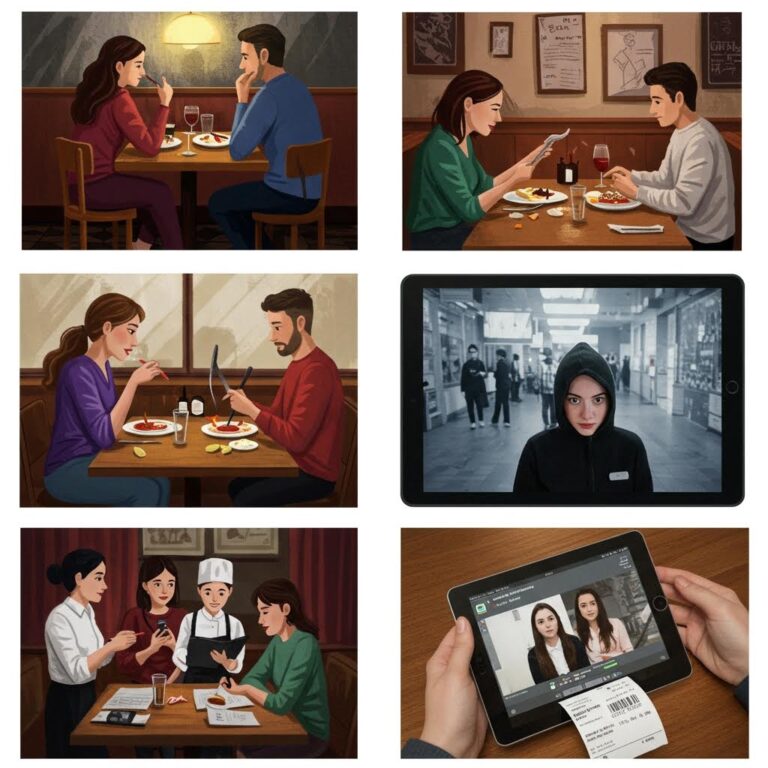From Knowing to Need: The Core of Starting
The shift from basic curiosity to big need to act follows paths in our heads that guide what we do. It starts in the nucleus accumbens, setting off a big dopamine rush when we spot new chances and wins.
Brain Steps in Making Habits
The brain’s happy area kicks off through a mix of the amygdala and hippocampus, tying strong feelings to what happens. The anterior cingulate cortex aids by upping focus on things around, building brain paths that make habits stronger. 카지노api
Building Habits to Last
Studies tell us that a habit often needs 66 days of repeat acts. During this time, using triggers and reward plans keeps brain paths strong till acts become automatic. This clever plan turns short flings into deep habits by careful setup.
Main Bits of Action Change:
- Seeing Patterns in Brain Paths
- Dopamine-led Reward Stuff
- Making Emotional Memory
- Systems to Boost Focus
- Smart Setup Moves
Knowing these key head steps lets us build strong habits, turning short bursts of want into lasting action plans through brain-based ways.
The Start of New Wants
What Drives First Interest and Push
Kicking Off: The Three Main Drives
Looking into what pulls folks to new things, studies show three key brain pushes that bring on interest: seen chance, emotional pull, and brain curiosity.
The Pull of Seen Chances
Our brains are great at seeing patterns in chances. This makes the nucleus accumbens jump, leading to a dopamine rush that fuels the want to dig deeper. This brain response is why people look closer and join in more when they spot ways to rise or improve things. Secrecy-Fueled Addiction in Korea’s Shadow Gambling Rooms
Emotional Pull and Deep Link
Emotional pull works as a strong start for the first taste. The close work between the amygdala and hippocampus creates tight emotional links, strong when new chances match with old values or past times. These brain paths make it more likely to join in with things that hit deep, real levels.
The Push of Brain Curiosity
Looking for info comes from the brain’s built-in drive to fill in gaps in knowing. This brain step makes a soft unease that can only be fixed by finding out more. This drive acts as a natural push, making folks take the first steps toward new understanding and control.
Using Brain Pushes for Getting Involved
These three drives work together to make strong push forces, each helping in its way to start new projects. Knowing these paths gives clear looks at how people act and choose.
